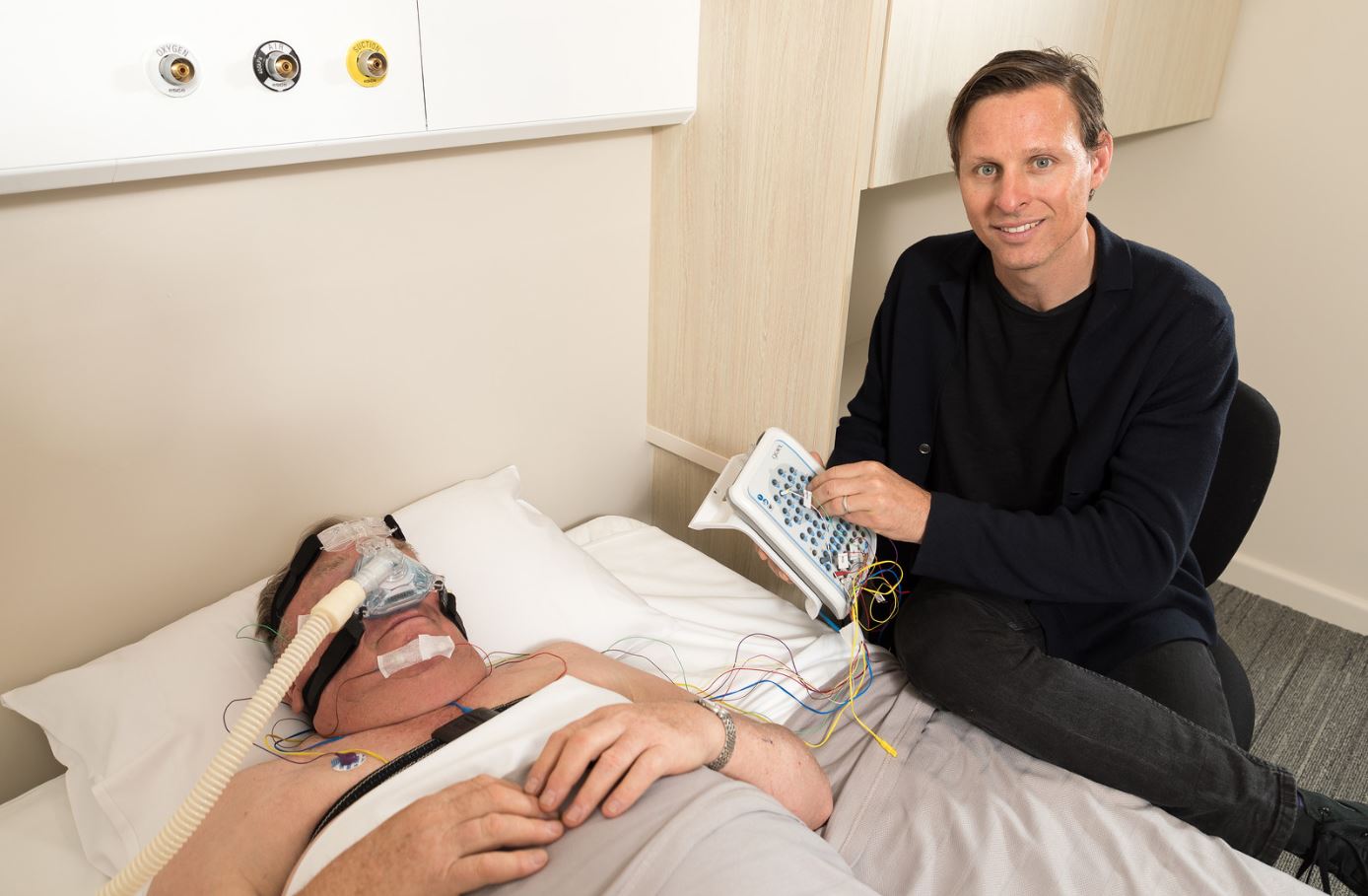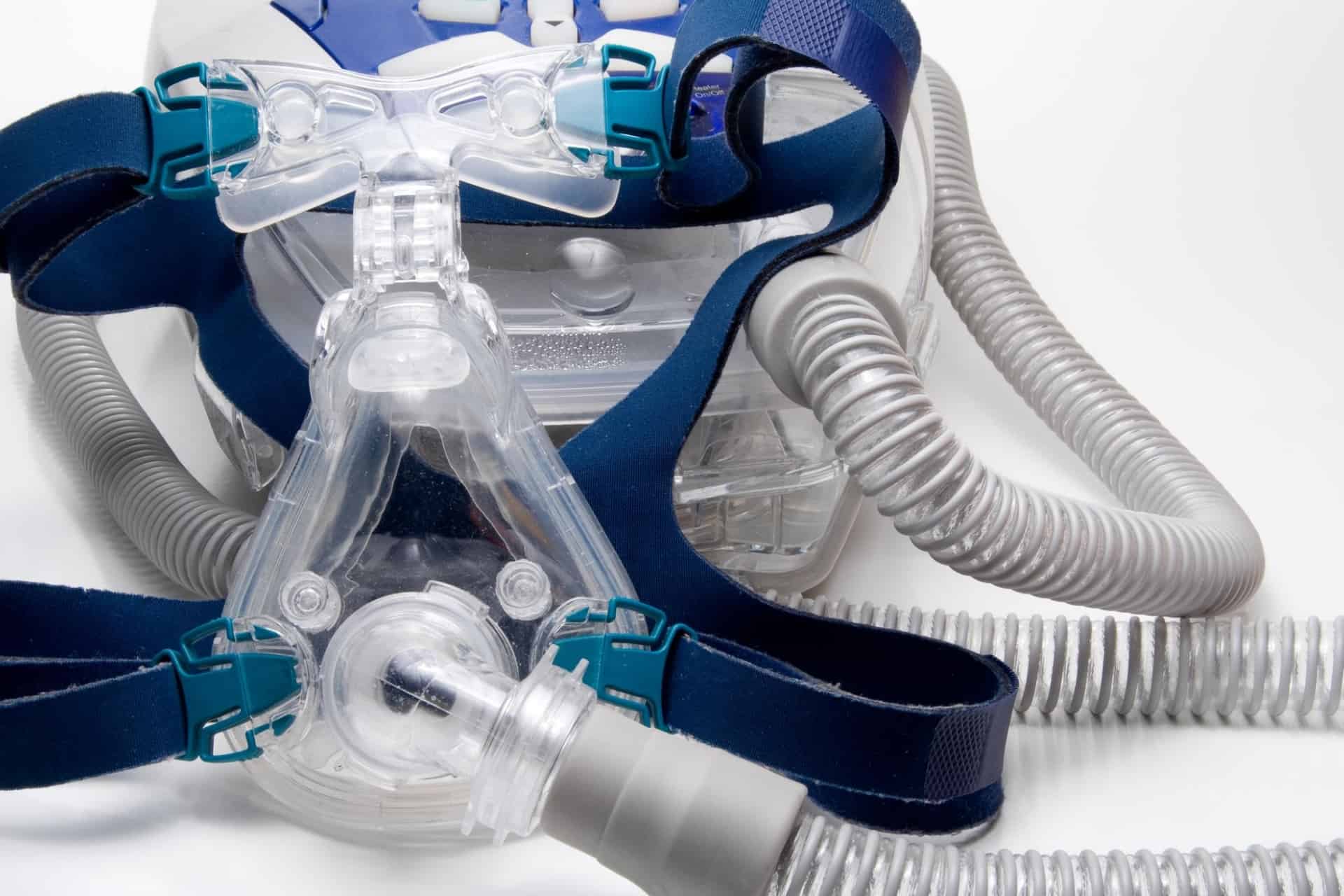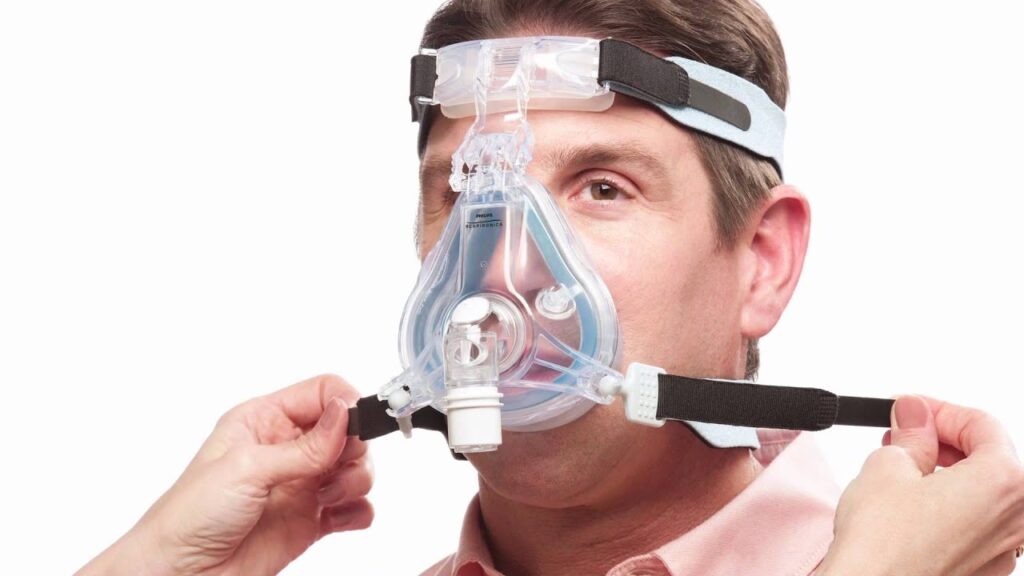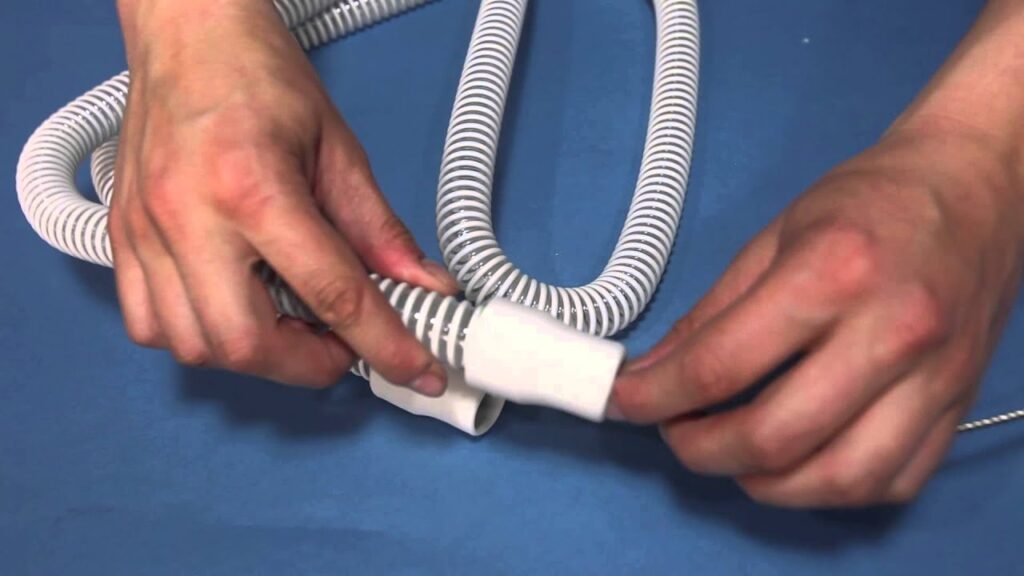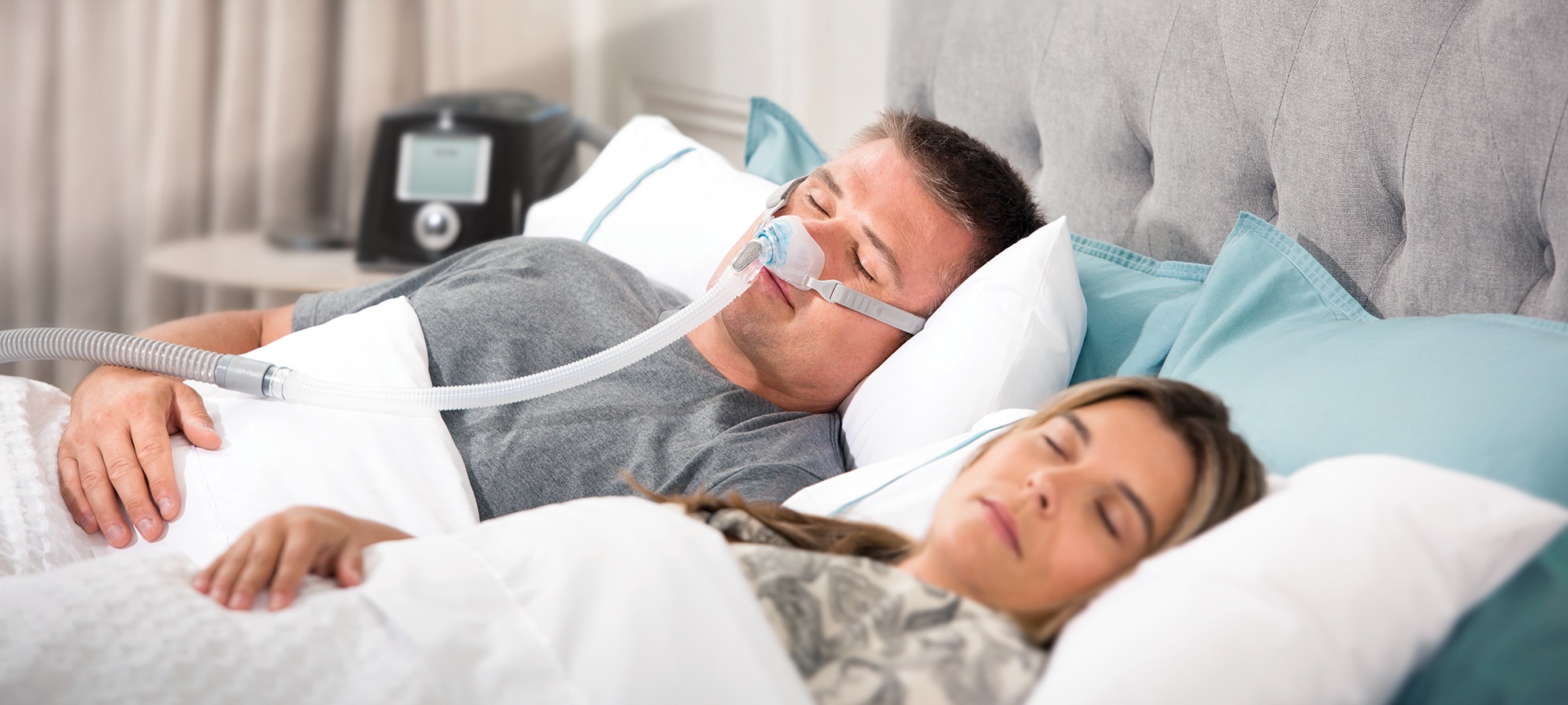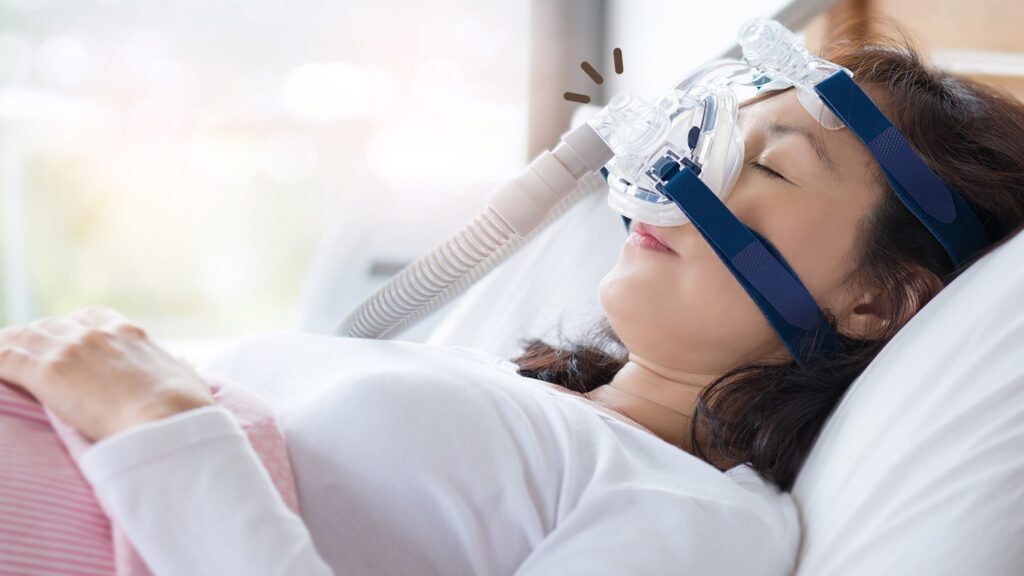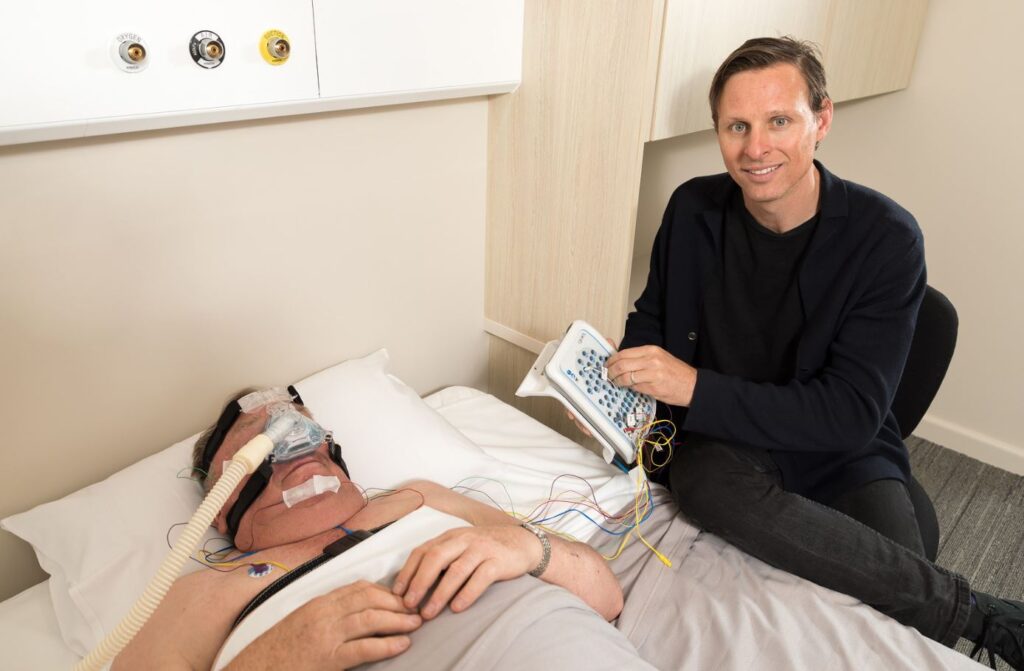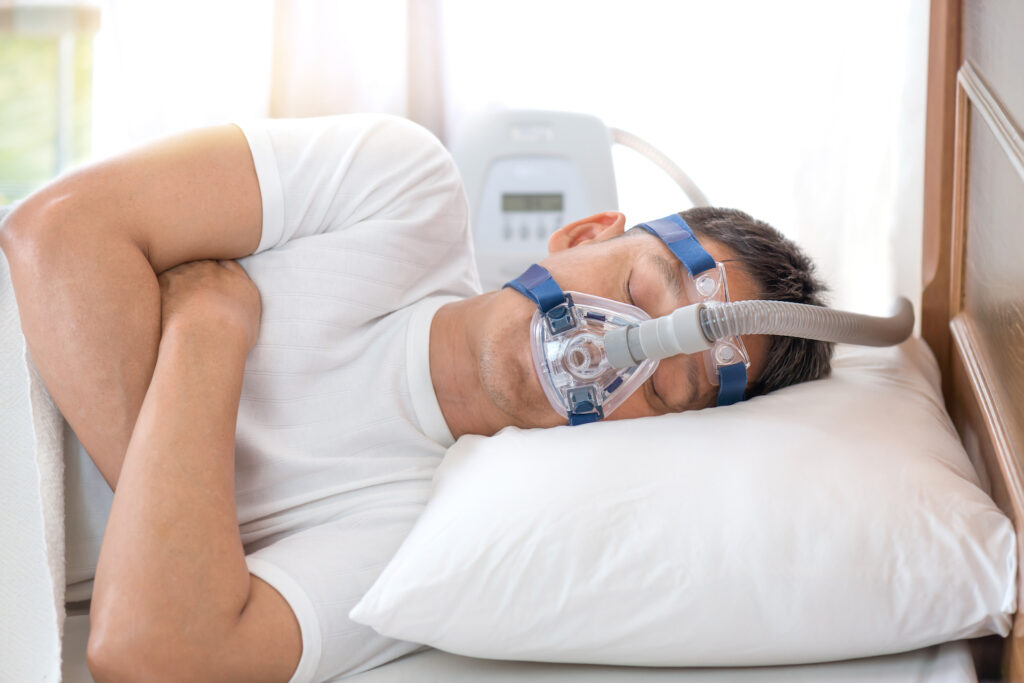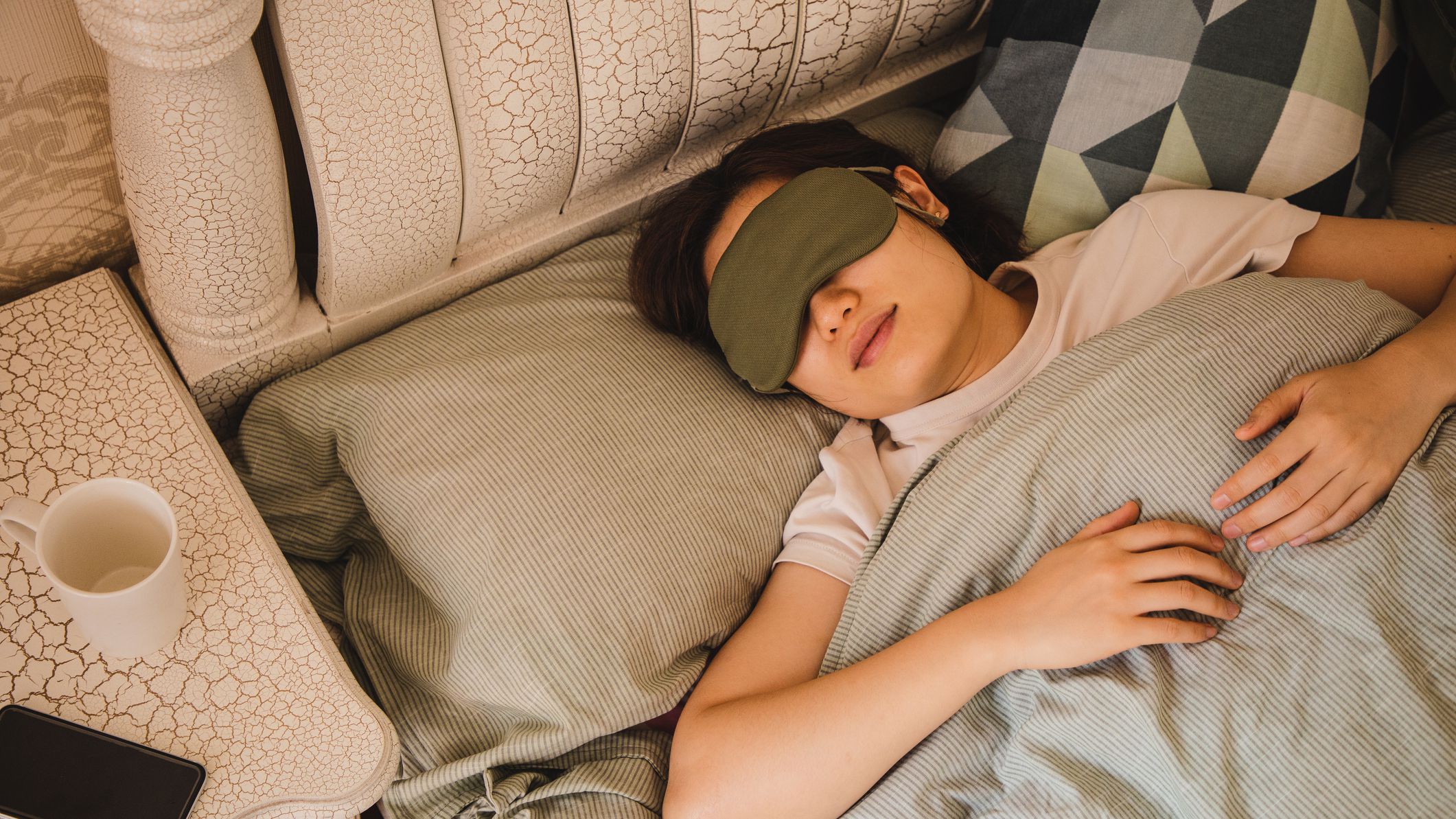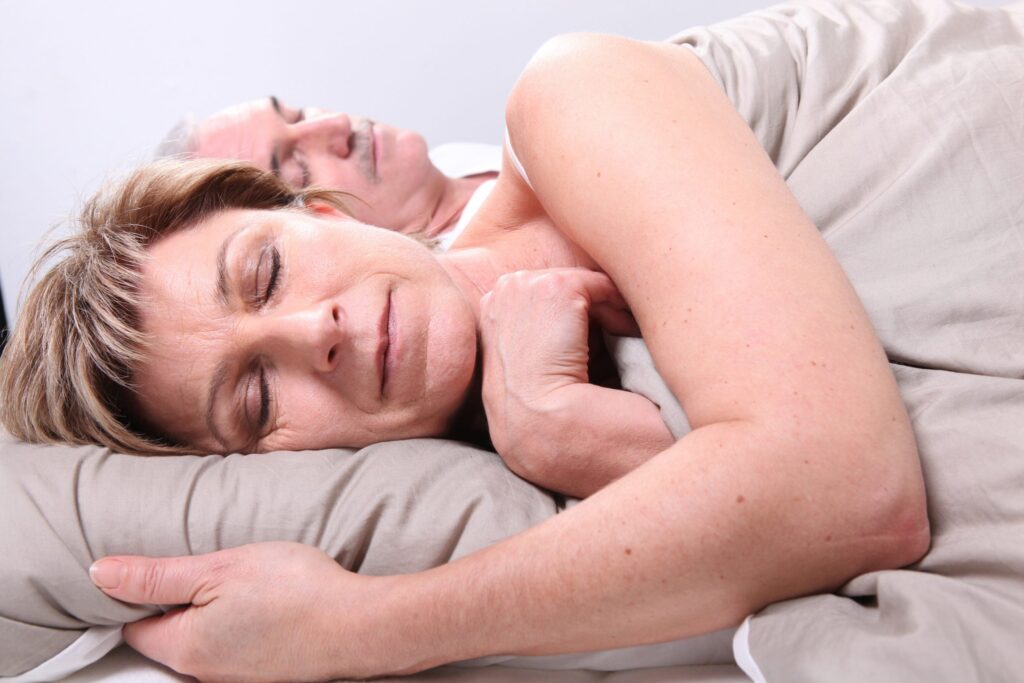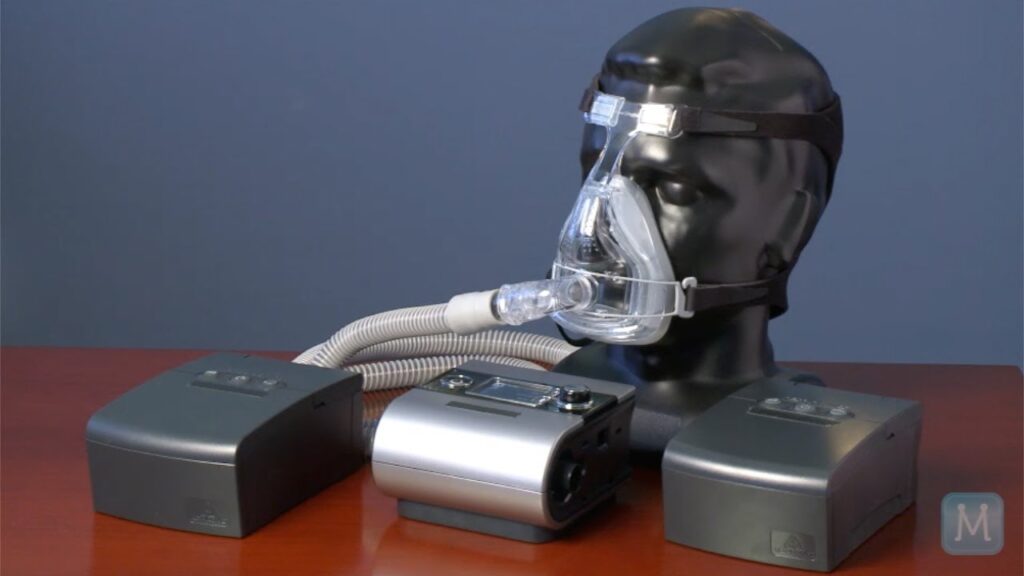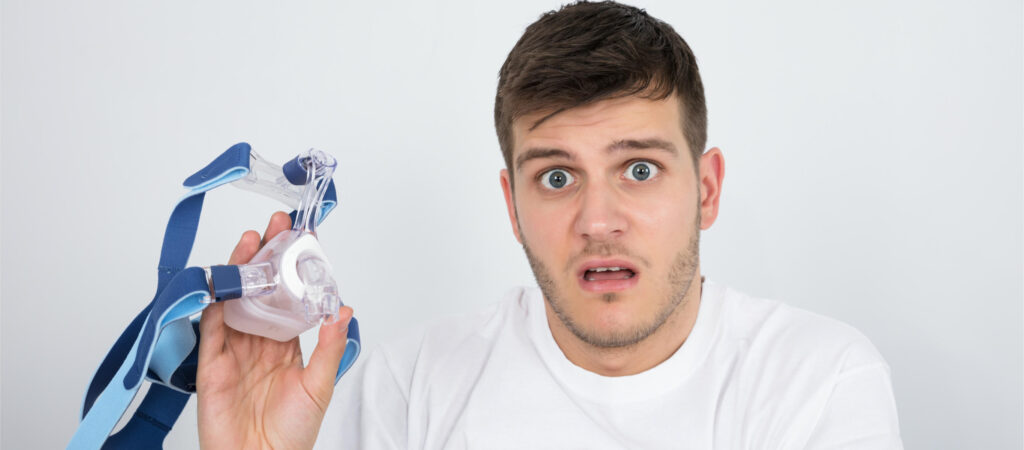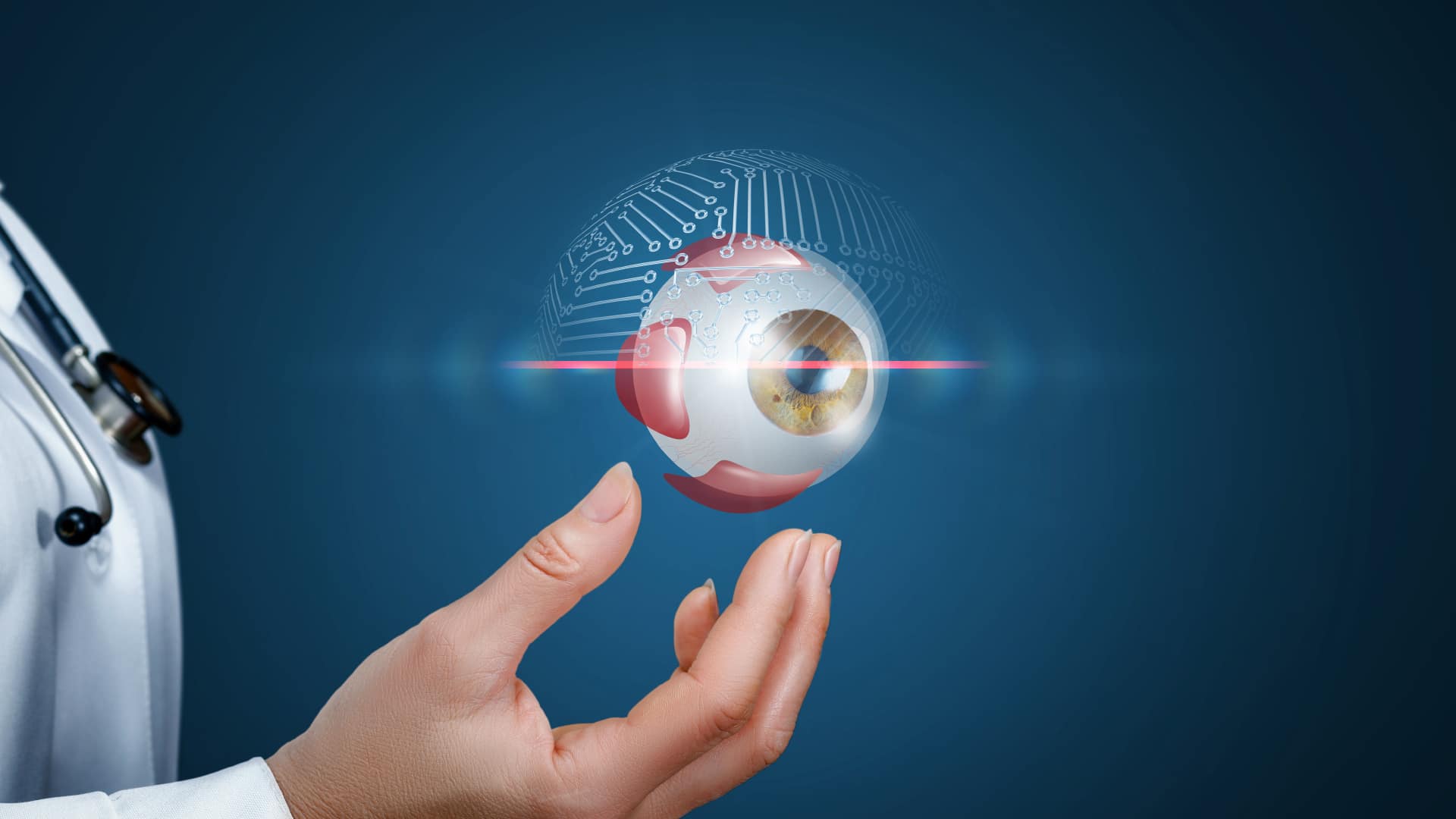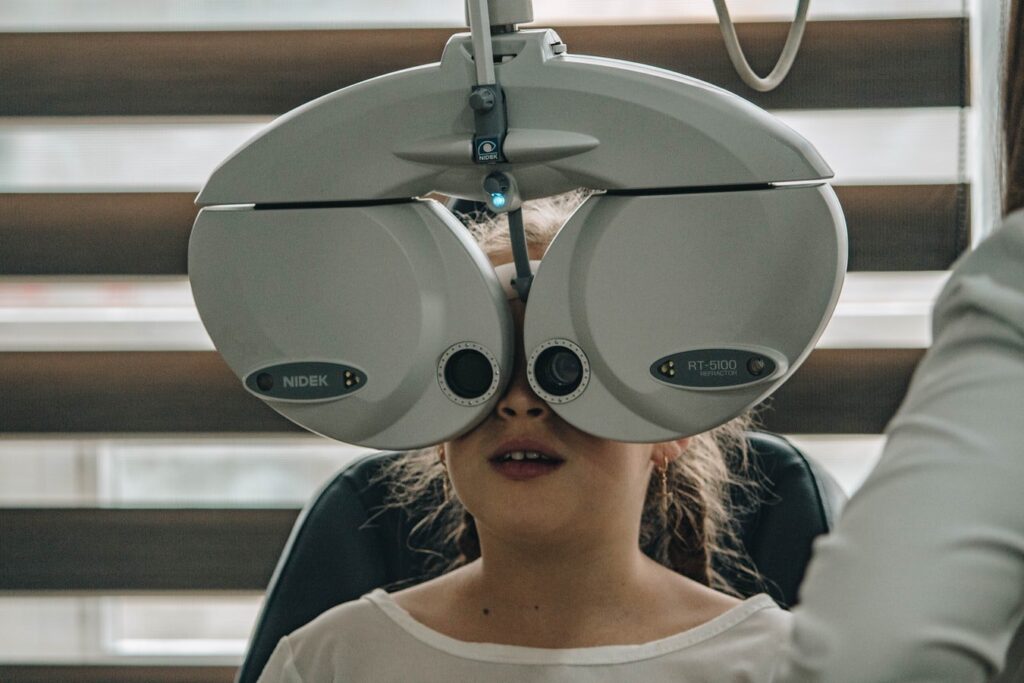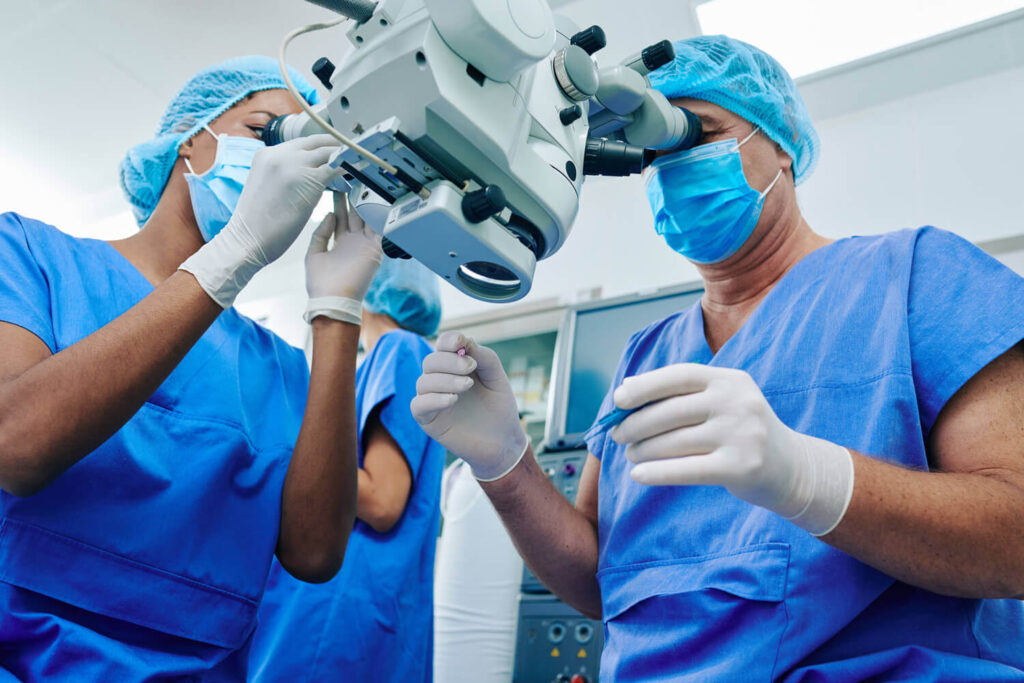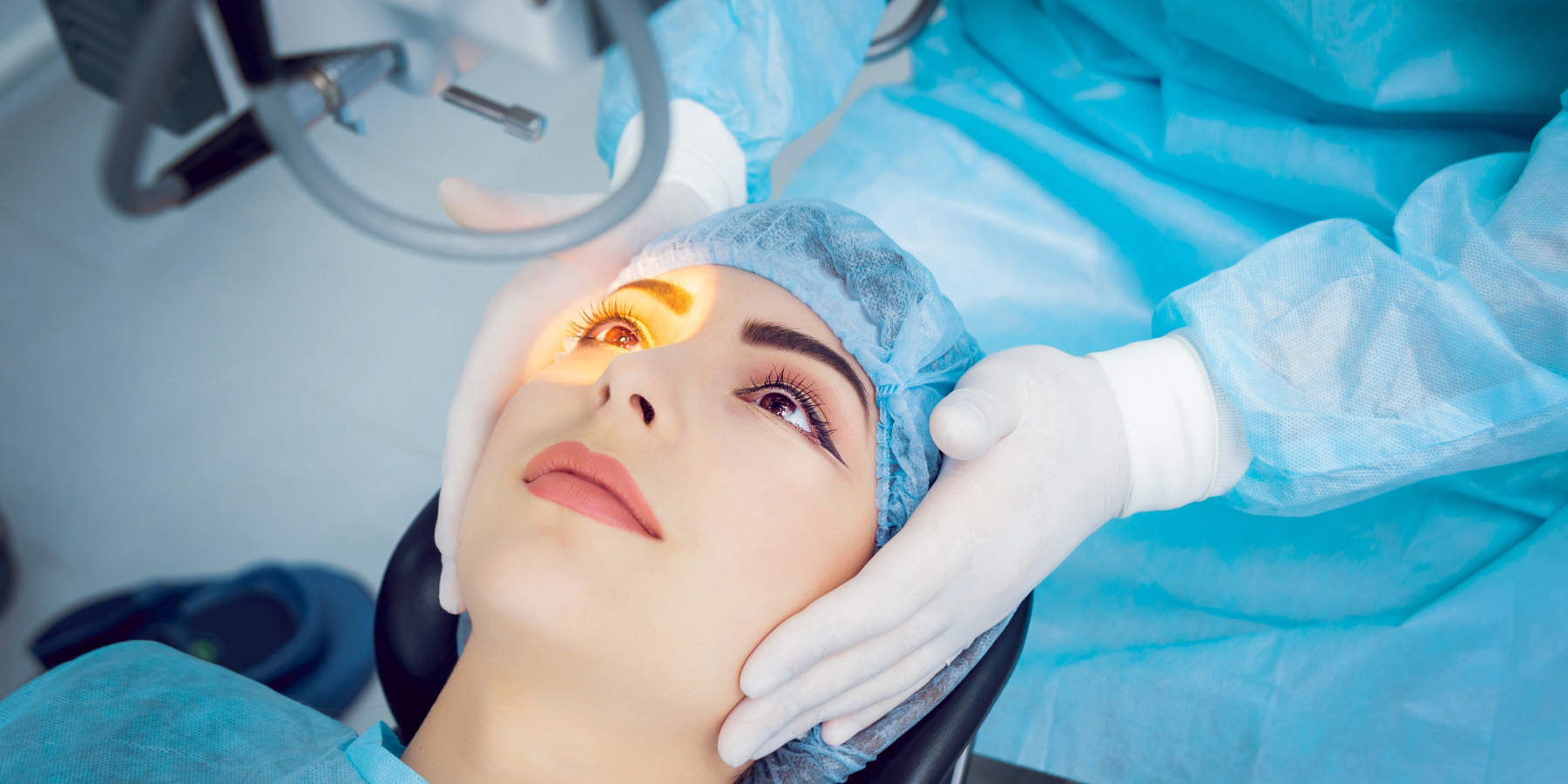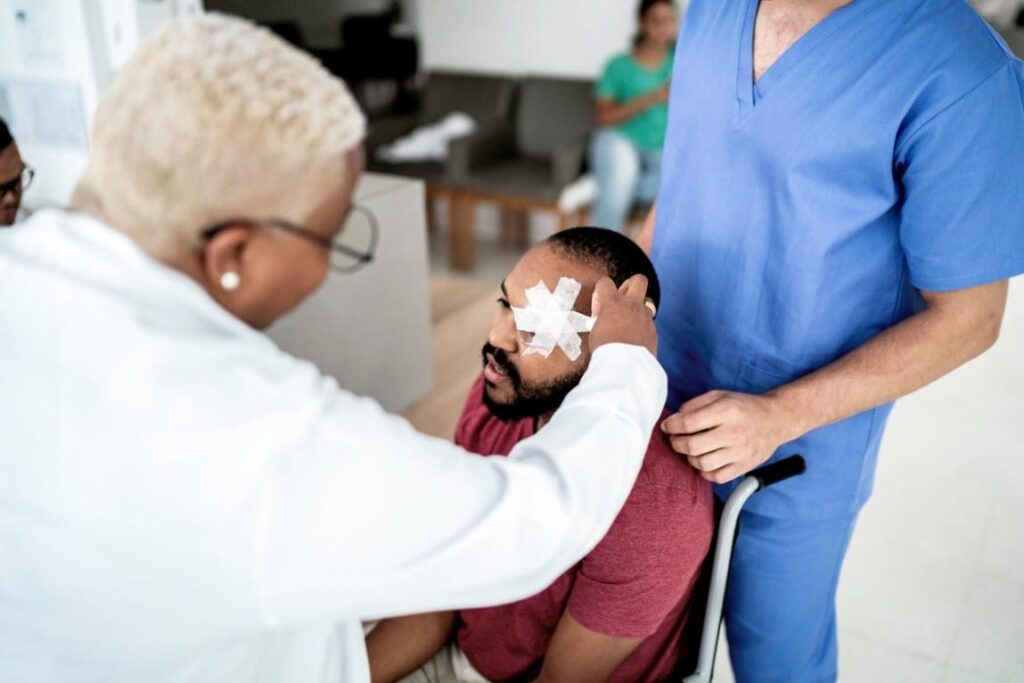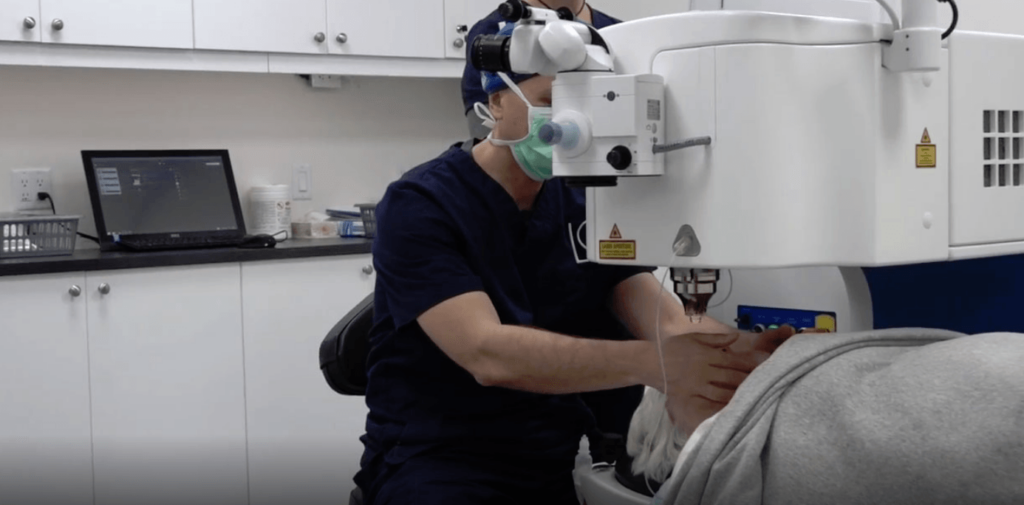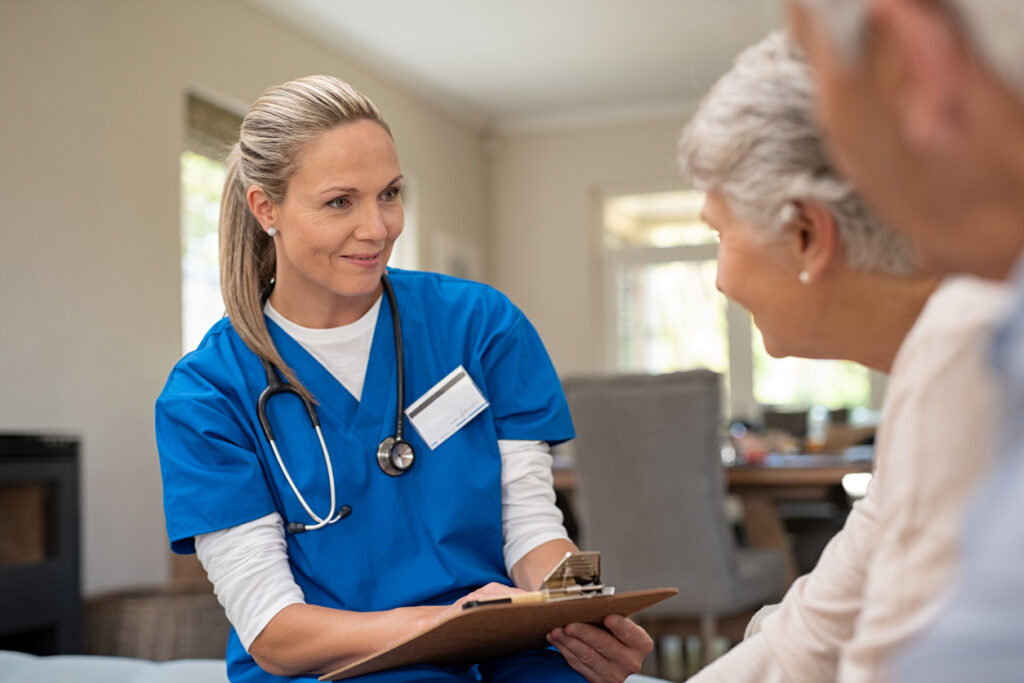A mouth breather is an insult. Mouth breathing can induce foul breath, mental fog, and exhaustion. If you have sleep apnea, mouth breathing can reduce the efficacy of your CPAP therapy.
CPAP users can benefit from finding the correct CPAP mask. We’ve produced a two-part guide: First, we’ll look at our top picks for mouth-breathers. Then we’ll discuss mouth breathing causes and remedies.
What are the best CPAP masks for mouth breathers?
Full-face cpap masks are suggested for mouth-breathers because they prevent mouth leakage. A mouth leak happens when CPAP air escapes via your open mouth, reducing airflow. Full-face masks seal over your mouth and nose, enabling you to breathe as your body allows.
A full-face mask is preferable to an oral CPAP mask unless you have a persistent blockage, such as a deviated septum. Although, full-face isn’t your only choice.
Can mouth breathers use nasal CPAP masks?
You may prefer a nasal CPAP mask if you have facial hair, feel claustrophobia, or side sleep. CPAP users who read or watch TV before bed enjoy a smaller mask’s wider field of view.
Mouth breathers might lose air pressure while exhaling using nasal or nasal pillow masks. If you just mouth breathe habitually, you can use these CPAP masks with a chin strap. Soft, elastic CPAP chin straps keep your lips closed while you sleep.
If you breathe via your mouth due to persistent nasal congestion or blocked nasal passages, a chin strap might prevent you from receiving adequate air.
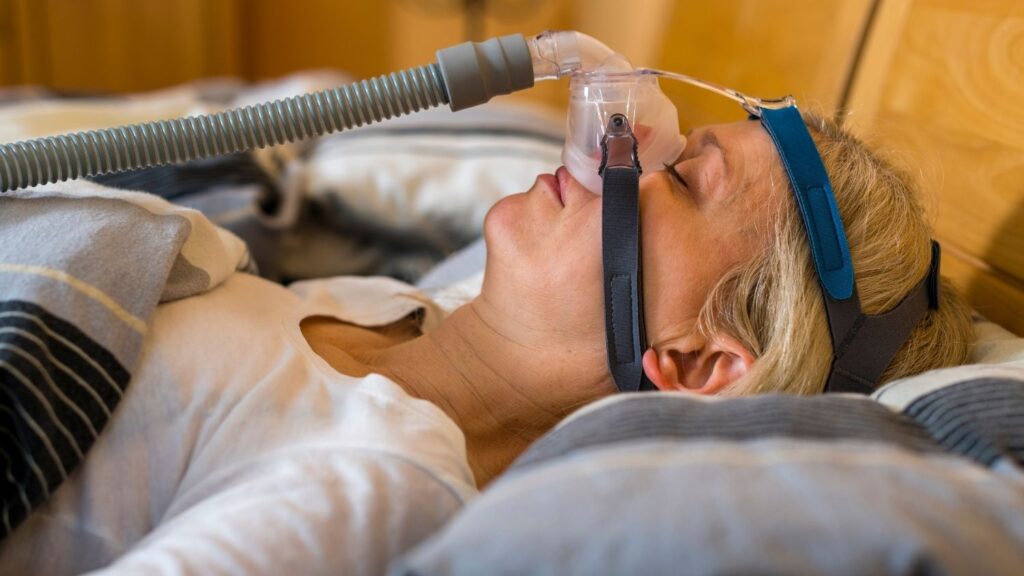
Mouth-breathing CPAP masks
ResMed F30i
- The F30i has no front tube. The revolutionary top-of-the-head connection connects to the head. It’s a good choice for tossing-and-turning sleepers since it keeps the hose out of their faces.
- The hollow structure allows ventilation even for side sleepers. The smooth, flexible silicone hollow mask frame prevents red stains and skin discomfort.
- Magnetic clips allow you to remove your mask without losing its fit. No nasal bridge coverage for optimal comfort. It’s great for high-pressure environments.
AirTouch F20
- The AirTouch F20 has a memory foam cushion for a pleasant, secure fit. If you like, you may also use the ResMed AirFit F20’s silicone InfinitySeal cushion. ResMed’s lightest mask is made of memory foam and wipes clean.
- The over-the-nose design maintains a robust seal even at higher pressure settings, while the small profile offers a broader field of view than conventional full-face masks.
- The whisper-quiet AirTouch F20 has ResMed’s QuietAir vents, making it one of the quietest masks available.
- The quick-release elbow allows you to get out of bed without removing the mask.
- Adjustable headgear removes the need for forehead support and magnetic headgear attachments.
Full-face CPAP mask from Philips Respironics
- The Dreamwear Full Face mask closes beneath the nose like the F30i: similar top-of-head connection, hollow silicone frame, and magnetic headgear clips. Like the F30i, it’s great for side, active, and back sleepers.
- What’s different from F30i? The F30i has separate holes that send air directly to the nostrils, whereas the Dreamwear has a single hole that delivers air indirectly. This is a question of preference and doesn’t affect CPAP’s efficacy. Different size choices result in a fit that suits different faces. If one doesn’t work, try the other.
- The Dreamwear mask frame fits both the nasal and nasal pillow CPAP masks. Swap the cushion and headpiece for a fresh mask. Don’t forget your chin strap to avoid mouth breathing.
- Adjustable headgear with velcro and magnetic clips makes it easy to achieve a comfortable fit. The compact design gives a broad field of view and minimal touch. The top-of-the-head connector keeps the tube out of your face.
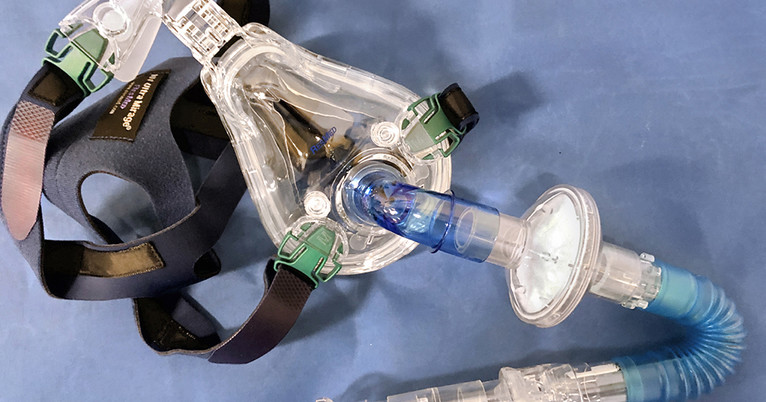
What causes sleep mouth breathing?
Physical obstructions or habits might induce mouth breathing during sleep.
Causes of nasal blockage include:
- Enlargement of the tonsils and adenoids
- A deviated septum
- Allergies/sinusitis
Or the form of your airways. Narrow nasal passageways, soft palates, or big turbinates may cause mouth breathing. This may also cause sleep apnea.
People with OSA typically learn mouth breathing. Your body may open your mouth to acquire extra air if your airways collapse and breathing stop. This can become routine.
Is mouth-breathing dangerous?
During sleep, saliva protects your mouth from microorganisms. Nighttime mouth breathing might dry up saliva and promote bacterial growth. Periodontal disease, gingivitis, and cavities might result.
Mouth breathing reduces blood oxygen saturation, causing heart disease and high blood pressure. Those with sleep apnea are at a higher risk for heart failure.
Mouth-breathing symptoms
Mouth breathing is typically difficult to detect since it happens while sleeping. Like sleep apnea, it’s commonly identified by waking symptoms.
Signs you may be mouth-breathing at night:
Cracked lips, snoring, dry mouth, tiredness, sore throat, bad breath.
How to Stop Mouth breathing
Mouth breathing solutions depend on the cause. Depending on the cause, your doctor may propose surgery or steroid nasal sprays. Your doctor may suggest saline nasal sprays for patients with persistent allergies or sinus infections.
There are a few techniques to stop the habit of mouth breathing during sleep. Regular performance of the following:
Sleeping on your back may enhance nasal breathing but aggravate sleep apnea. See how a different sleeping position impacts your symptoms.
- Do you breathe when speaking? Do you nose-breathe? Or are you mouth-breathing?
- Do you chew with your mouth open? When your mouth is closed, you must breathe through your nose. Learn how to nose-breathe and slow down.
- When exercising, breathe through your nose. Calm down if you’re moving too fast to breathe via your nose.
A mask may help if you have obstructive sleep apnea and mouth breathing. Check store.airliquidehealthcare.com.au today; we can help you locate a comfortable CPAP mask that will be ideal for your case. There are myriads of masks in the store, you are sure to get whatever fits your style, and all the products come with a warranty.

